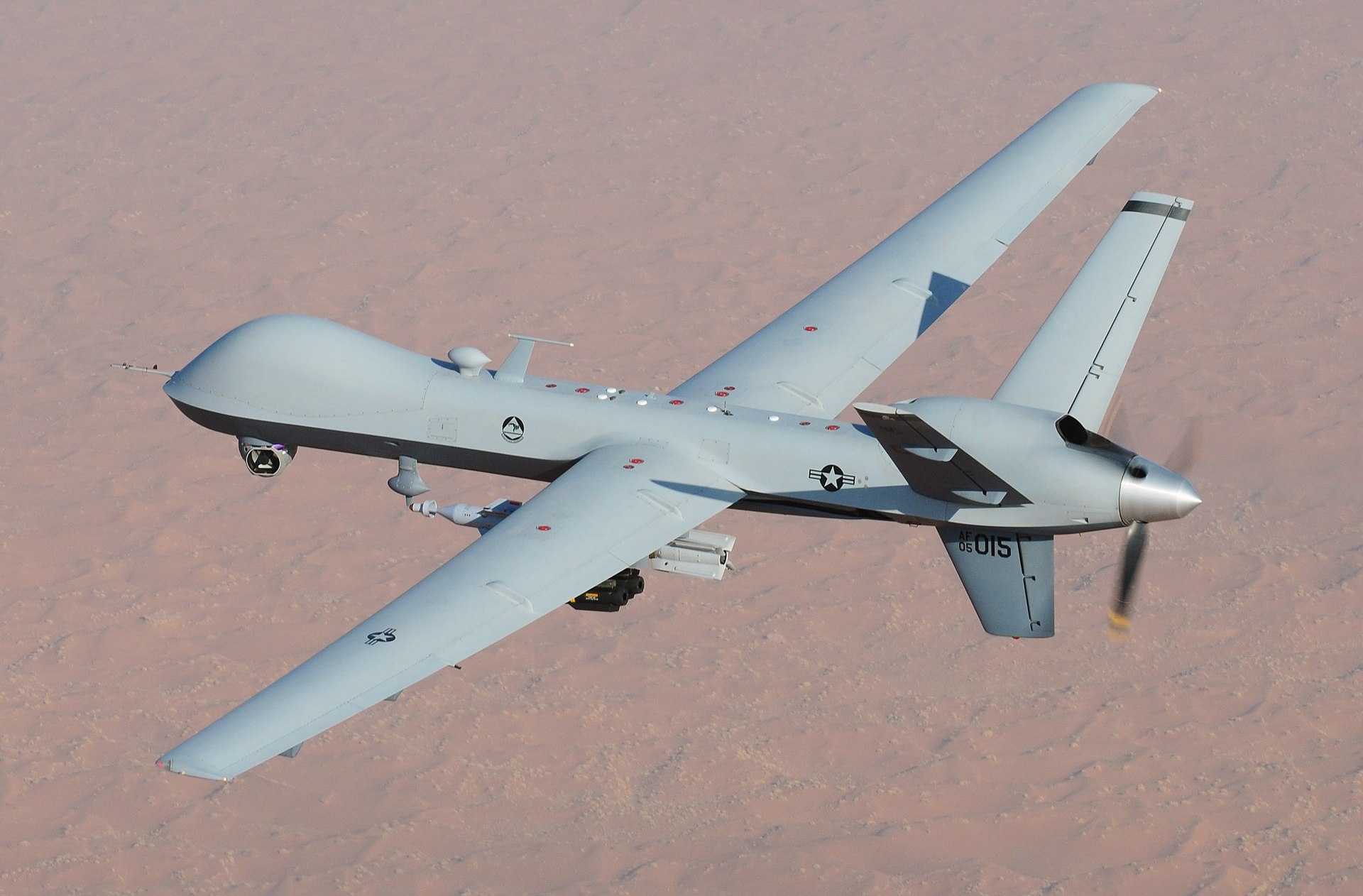Defense sources say that the deal with the U.S. to sell 31 MQ-9B unmanned aerial vehicles (UAVs) should be finished by February 2024. Three years after the deal is signed, in February 2027, the first deliveries will happen.
Things are going as planned with the deal. They are now waiting for the U.S. to send them the Letter of Offer and Acceptance (LOA). People think that the deal will be finished by February 2024.
As part of the deal, General Atomics (GA) will build a global Maintenance, Repair, and Overhaul (MRO) center in India. However, the exact site has not yet been found. The source says that it is possible that the facility will be in Bengaluru.
The Ministry of Defence (MoD) gave the go-ahead in June to buy 31 MQ-9B UAVs from GA. The Indian Navy would get 15 of them, and the Indian Army and Air Force would each get eight. To buy this through the U.S. Foreign Military Sales (FMS) method, it will cost about $3,072 million. The Ministry of Defense sent a Letter of Request (LoR) to the U.S. government last month, just before the talks between Prime Minister Narendra Modi and U.S. President Joe Biden. This was before the G-20 meeting.
Based on the first Letter of Request (LoR), the U.S. government and Ministry of Defense (MoD) will complete the Letter of Offer and Acceptance (LOA). As part of the Foreign Military Sales (FMS) program, this means negotiating and finalizing the details of the weapons and the terms of the purchase.
It is part of the process for the U.S. government to tell Congress about the sale, which should be a simple matter in this case. The Indian government’s Cabinet Committee on Security will then have to agree to the deal before the contract can be signed.
The Indian military will be able to do a lot more Intelligence, Surveillance, and Reconnaissance (ISR) with the MQ-9B drones, which come in two versions: Sky Guardian and Sea Guardian. These drones are made to fly over the horizon and talk to each other via satellite for up to 40 hours, based on how they are set up. They can work in any weather. They can also safely join the sky of civilian aircraft.
